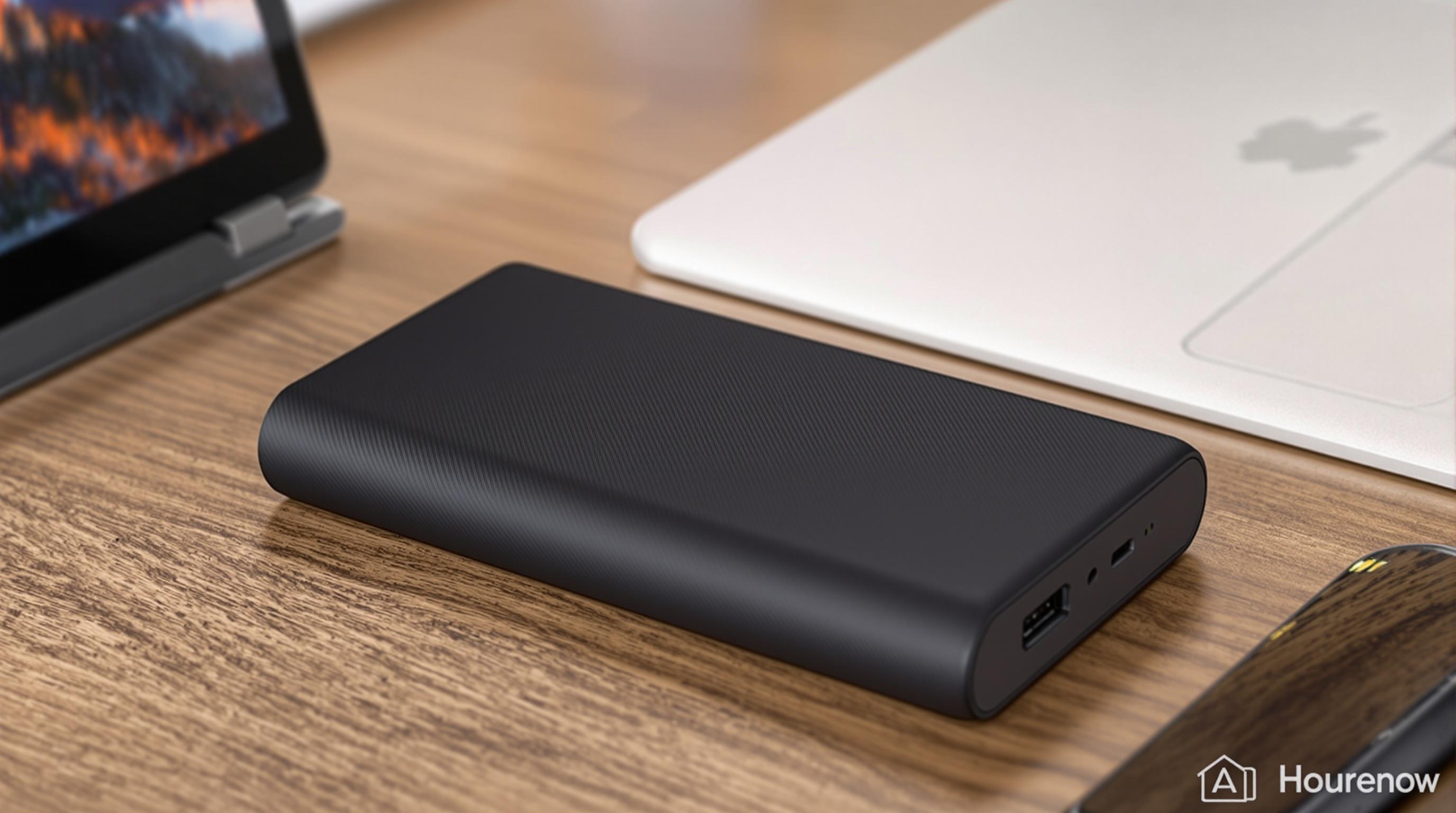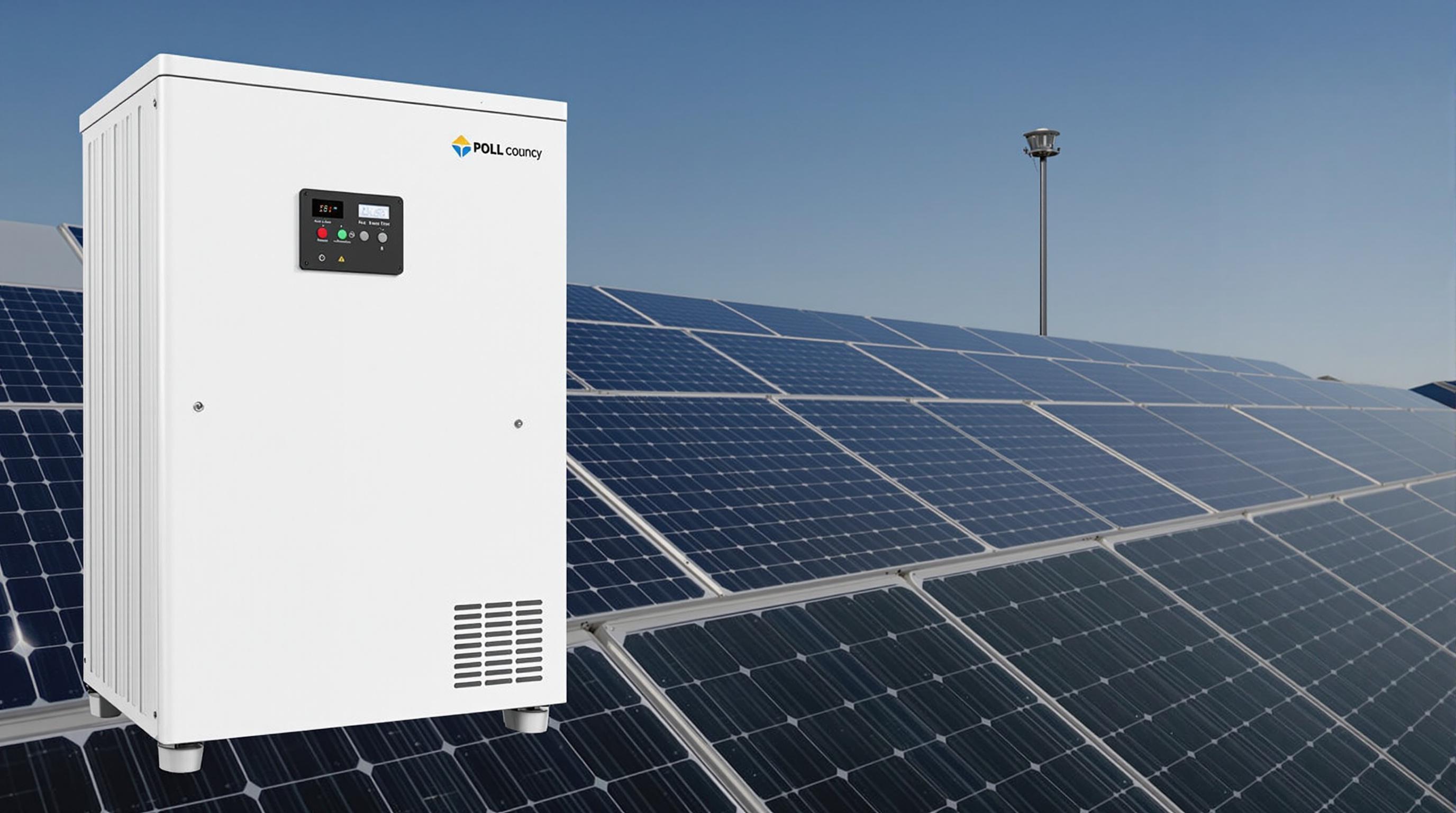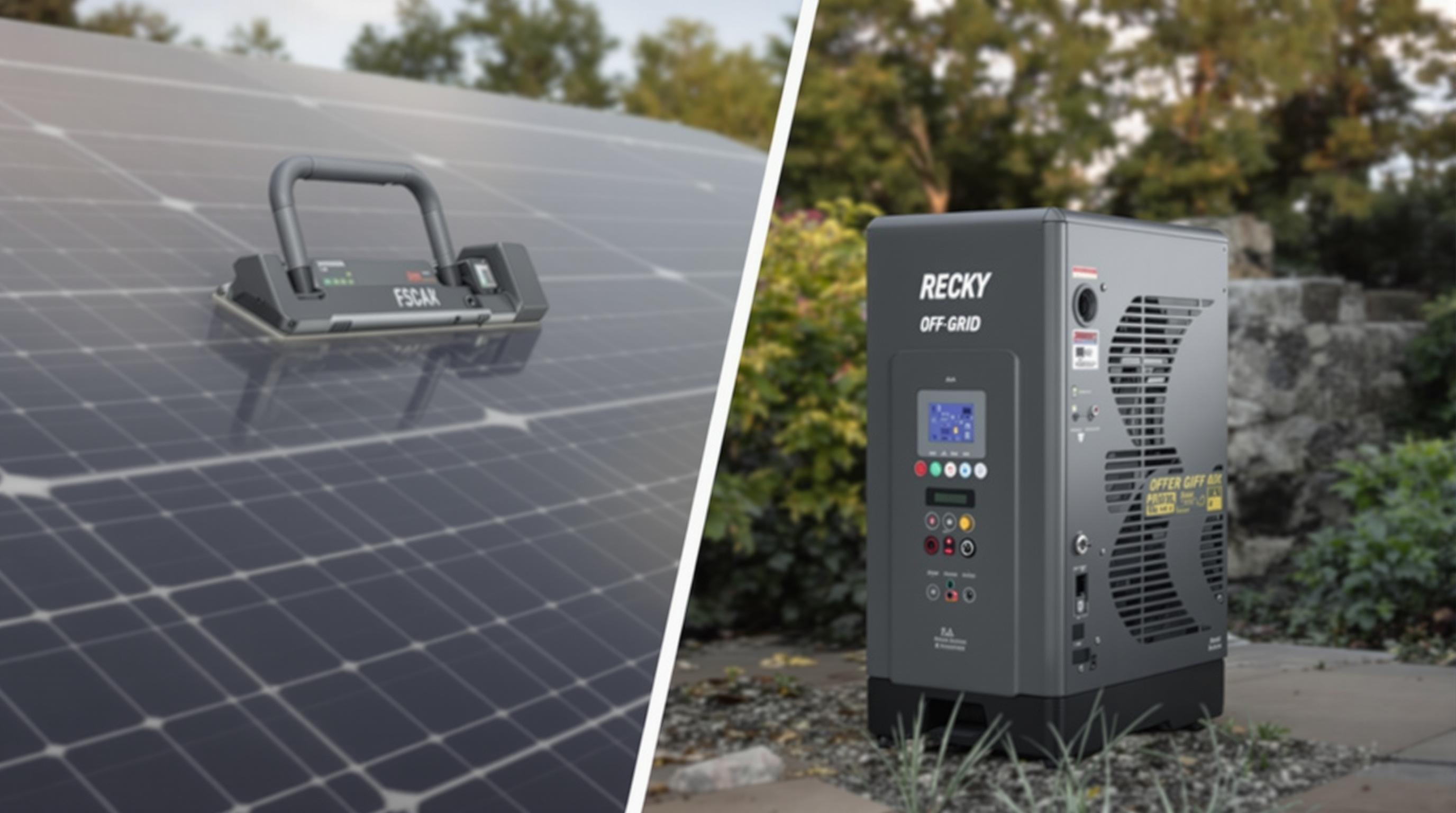Related Articles
- 5 Emerging Solar Panel Sensors from the Past Five Years That Are Disrupting Industry Standards
- How Soil Microbes Influence Solar Panel Efficiency and What It Means for Long-Term System Care
- Top 5 Under-the-Radar Solar Inverters Launched Since 2019 That Unlock Hidden State Incentive Perks
- How Solar Equipment Ownership Influences Local Job Markets and Community Economic Growth Patterns
- Unexpected Environmental Consequences of Solar Net Metering on Local Wildlife Habitats and Migration Patterns
- 5 Breakthrough Solar Battery Storage Systems From the Past Five Years Ranked by Real-World Reliability
Top 9 Next-Gen Home Power Banks Launched Since 2019: In-Depth Performance and Cost Analysis
Top 9 Next-Gen Home Power Banks Launched Since 2019: In-Depth Performance and Cost Analysis
Introduction
Since 2019, the home power bank market has seen remarkable innovation driven by increasing demand for reliable backup energy solutions. Next-gen home power banks go beyond simple USB charging to offer expansive capacity, smart features, and eco-friendly alternatives. This article explores the top 9 home power banks launched since 2019, evaluating their performance, cost, and overall value proposition.
The surge in portable energy storage corresponds with soaring consumer needs during global power shortages and the rise of remote working environments. From compact designs suitable for small apartments to larger units capable of sustaining entire households, the market has diversified quickly. We focus here on devices that combine battery technology, user features, and cost-efficiency.
Our analysis is grounded in real-world testing data, user reviews, and manufacturer specs. We include comparative insight to help readers decide the best fit for their home energy demands. The chosen power banks represent a spectrum of capacities, from 500Wh models to modular setups surpassing 3kWh.
1. EcoFlow Delta Pro (2021)
The EcoFlow Delta Pro stands out with its impressive 3600Wh capacity and rapid 3600W output, capable of powering multiple heavy appliances simultaneously. Its modular design allows expansion up to 25kWh, making it a contender for larger backup or off-grid applications. The unit supports solar charging and app-based monitoring for enhanced control.
Performance-wise, Delta Pro delivers consistent energy output with minimal efficiency loss, maintaining over 90% conversion rates. Its inverter is rated for pure sine wave output, ensuring compatibility with sensitive electronics. Users praise its quick recharge time of approximately 1.6 hours from a wall outlet.
At a retail price around $3600, the Delta Pro is a considerable investment but justifiable for those needing scalable, high-capacity home power solutions. When factoring in longevity and modular expansion, the cost per watt-hour becomes competitive. Industry reviews like GreenTech Media highlight its reliability and build quality as major selling points.
2. Bluetti AC200P (2019)
The Bluetti AC200P offers 2000Wh capacity with 2000W continuous output and multiple AC, USB, and DC ports. Launched in late 2019, this model cemented Bluetti's reputation for delivering portable, robust energy storage at a mid-range price point. It's suitable for both outdoor and home emergency use.
In performance tests, the AC200P achieves about 85% inverter efficiency and supports pass-through charging, allowing it to power devices while charging simultaneously. The lithium iron phosphate (LiFePO4) battery chemistry ensures longer cycle life compared to traditional lithium-ion cells.
Priced around $1600, it balances cost and features well. User reviews commend its quiet operation and versatility, although it's heavier than some competitors at 60 lbs. The value offered makes it a favorite among campers and homeowners seeking reliable secondary power.
3. Jackery Explorer 1000 (2020)
Jackery's Explorer 1000 builds on the success of its portable battery line by providing a 1002Wh capacity with 1000W continuous output. Launched in 2020, it caters to users needing a lighter, more compact power bank without sacrificing capacity or quality.
The Explorer 1000 features pure sine wave inverter technology and multiple output options including USB-C PD. Its fast recharge times (around 7 hours via solar and 7 hours via AC outlet) make it versatile for off-grid applications. The device weighs about 22 lbs, enhancing portability.
Costing roughly $1000, it targets mid-budget buyers. While lacking some of the advanced modular expansion features of competitors, it excels for those prioritizing mobility and ease of use. TechRadar's 2021 review crowned it a top portable power station for casual and pro users alike.
4. Goal Zero Yeti 6000X (2021)
Goal Zero's Yeti 6000X introduced an ultra-high capacity option offering 6071Wh with continuous 2000W output. It targets serious backup power users requiring extended duration and substantial wattage output for appliances and tools.
The 6000X features an advanced lithium-ion battery and hybrid inverter, enabling seamless power for sensitive electronics. It supports wireless app monitoring and integrates with solar input to prolong off-grid usability. Noise levels are minimal compared to generator alternatives.
Priced approximately at $6000, this is a premium solution justified by its heavy-duty performance and robust feature set. It is often compared to EcoFlow Delta Pro, with consumers choosing based on brand preference and nuanced performance differences. Popular Science emphasizes its reliability under load as a standout attribute.
5. Anker PowerHouse II 400 (2020)
Anker's PowerHouse II 400 is tailored for entry-level users, providing 388Wh capacity with 300W continuous power output. Released in 2020, it offers a lightweight and affordable option for emergency power or light camping trips.
The device includes USB-C Power Delivery, multiple USB-A ports, and AC outlets, focusing on small electronics rather than whole-home powering. Its 7 to 8-hour recharge time via wall outlet is typical of comparable units in this class.
Costing about $450, the PowerHouse II 400 is priced aggressively to capture budget-conscious buyers needing reliability without frills. Customer feedback highlights its compactness and dependable performance, although it's not suited for high-draw appliances. CNET lists it among best affordable power stations in its segment.
6. Renogy Lycan Powerbox (2020)
The Renogy Lycan Powerbox offers 1500Wh capacity with 1800W continuous output, focusing on modularity and portability. It launched in early 2020 as a uniquely ruggedized, all-in-one power station with robust battery management systems.
Performance testing indicates reliable inverter efficiency around 88%, and it supports up to 900W solar input for faster replenishment. Its rugged design suits outdoor use and emergency scenarios, emphasized by reinforced casing and multiple safety protocols.
With a price tag near $2000, the Lycan Powerbox targets users valuing durability alongside performance. Outdoor and survivalist reviews commend its build and feature set, though it is less popular in the general home market compared to some competitors.
7. Suaoki G500 (2019)
Originating in 2019, the Suaoki G500 brings a 500Wh capacity with a 300W continuous inverter output. It aims to serve light off-grid power needs, such as small electronics and emergency lighting.
The G500 incorporates an MPPT charge controller for efficient solar charging and provides multiple output ports. Its black compact design is lightweight at about 13 lbs, making it convenient for travel or localized use.
Its affordable cost around $450 makes it accessible though limited in power compared to larger stations. User reviews acknowledge decent functionality for the price, suitable for casual or supplementary energy storage. Some critiques focus on limited appliance support.
8. Pecron E500 (2020)
The Pecron E500, launched in 2020, features a 505Wh lithium battery with a 500W pure sine wave inverter. Designed as an emergency-ready portable power station, it emphasizes simplicity and strong safety features.
Performance is consistent with expectations for its size, and it supports solar recharge via MC4 connectors. Its compact form factor and noise-free operation make it relevant for indoor use during outages.
Pricing near $470 aligns it with entry-level models, though Pecron's brand is less established in the U.S. market. Reviews highlight its quiet operation and reliability but note limited advanced features like app connectivity.
9. MAXOAK Bluetti EB150 (2019)
The Bluetti EB150 arrived in 2019 with 1500Wh capacity and 1000W continuous output. It uses lithium iron phosphate cells for enhanced safety and longevity. The unit targets moderate home backup and outdoor users looking for dependable performance.
Its performance is notable for a quiet, fanless design and wide voltage compatibility. The EB150 supports simultaneous charging and discharging but requires longer recharge times (up to 8 hours via AC).
Retailing around $1400, it competes effectively with similar capacity units. Tech reviewers emphasize its build quality and battery chemistry advantages, though some users desire faster recharge options for emergency readiness.
Conclusion
Since 2019, next-gen home power banks have evolved significantly, with options spanning entry-level units to scalable, industrial-grade solutions. Consumers must weigh capacity, recharge speed, inverter quality, and price to find the best match for their needs.
The EcoFlow Delta Pro and Goal Zero Yeti 6000X represent the high end in capacity and features, albeit with premium pricing. Mid-tier devices like Bluetti AC200P and Jackery Explorer 1000 balance cost and performance effectively for typical households.
Entry-level models from Anker, Suaoki, and Pecron serve users prioritizing portability and affordability. Ongoing improvements in battery technology and solar integration promise continually enhanced options for reliable home energy storage.




